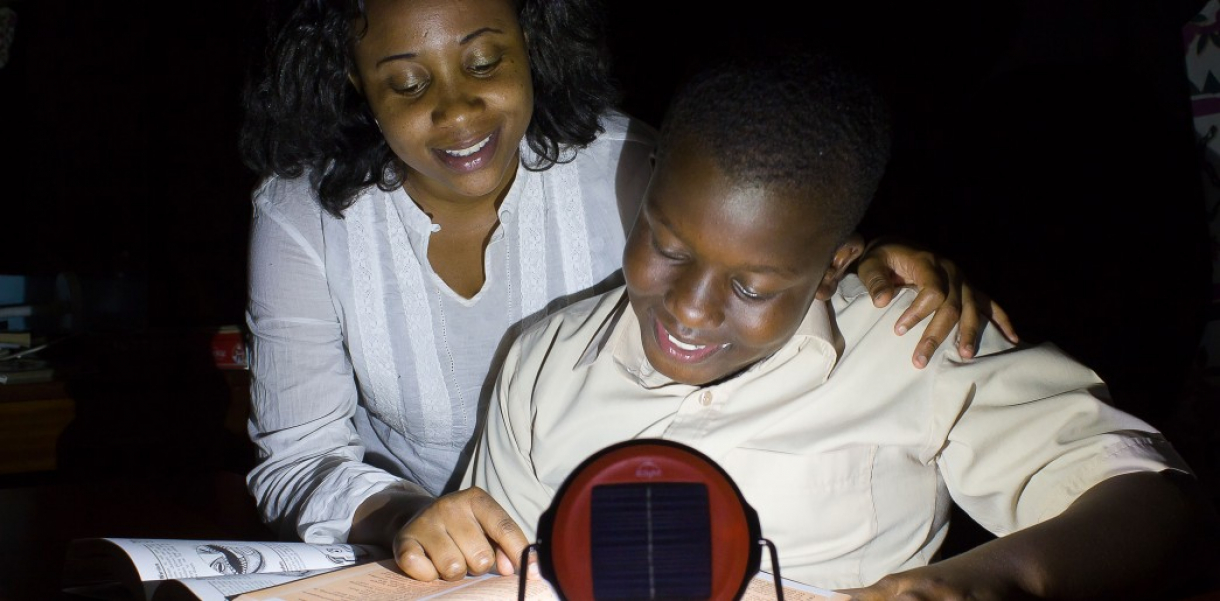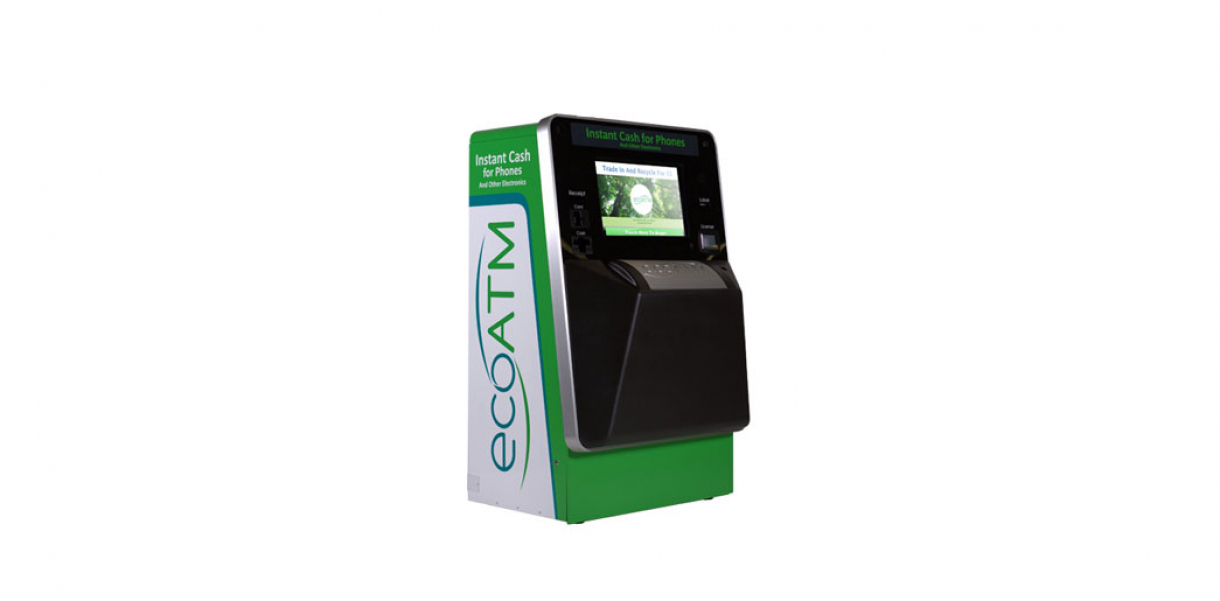Worldwide, 1.6 billion people do not have access to electricity and typically rely on dim, dirty and dangerous kerosene lamps for light. As a result, millions of children around the world have limited or no opportunity to study at night. However, a solution to this massive problem is here! An ultra-affordable and extremely durable, solar-powered study lamp designed to withstand hot, dusty, and humid environments, thus improving children’s lives through better education.
1.6 billion people do not have access to electricity. Among other things, this means that 1.6 billion people do not have electrical lighting and must find other ways of lighting up their homes. However, not all options are good. Take for instance Kerosene wick lamps. They are dim, dirty, and dangerous, releasing at least 100 tons of CO2 into the atmosphere each year and annually harming millions through kerosene-related fumes or fires. When used for reading, kerosene lamps offer a murky yellow light that strains the eyes whilst simultaneously producing damaging black soot. In addition, kerosene oil may cost up to one-third of a family’s total monthly income. Unfortunately, kerosene lamps are still the most widespread method of lighting in non-electrical housing.
Think about how many times you sit up late studying, working or do other tasks after dark. Do you think you could manage all those things without the simple power of a lamp? For most people, this answer is a clear no. And without a bright and reliable source of light, family activities are severely limited in the evening. Because kerosene oil must be rationed, children often do not have the opportunity or 'luxury' to study at night, resulting in a lower rate of learning and lower test scores.
Providing bright and reliable light can change the trajectory of a child’s life. Independent studies show that access to electric or solar light will increase study hours per night and improve test scores and pass rates. In a village in Sudan, the World Bank found that solar lighting increased pass rates in school from 57 percent to 97 percent - in only one year. Pass rates increased to 100 percent the following year. Also, it was discovered that children with access to solar lighting study for one to four hours more per evening.
Designed to target students in rural Africa and India, the d.light s1 is intended to displace dim and dangerous kerosene wick lamps through the use of renewable solar energy, enabling millions of school kids to study better and longer.
Several years ago, during d.light co-founder Sam Goldman’s Peace Corps service in Benin, Africa, his neighbor’s son was badly burned by an overturned kerosene lamp. This incident, along with the knowledge that billions of people in the world still do not have access to reliable electricity, inspired Sam to participate in a class called Entrepreneurial Design for Extreme Affordability at the Stanford Design School, where he met co-founder Ned Tozun. That’s where they developed their initial prototype solar lantern and an ambitious plan to bring safe, bright, and renewable lighting to people around the globe.
d.light s1 is designed as a no-risk study lamp for young people because it is ultra-affordable, extremely durable, and easy to use. At a recommended retail price of about US $8, it is the most affordable quality solar lantern in the world. The product should last for several years, saving families a significant amount of money that can be used for other important needs.
Although many solar lights have come onto the market in recent years, d.light s1 stands out due to its functionality – it is designed with a friendly and approachable personality for the target consumer group – young people and students. The operation of the lamp is simple and intuitive. It gives high-quality light, and the stand rotates to ensure that better solar charging is achieved - and allows for the student to adjust the light. Designed to withstand hot, dusty, and humid environments filled with insects and wild animals, the d.light S1 is also durable enough that it can be dropped from a height of three meters or even run over by a car without any impact to its functionality.
d.light serves over 40 countries, through over 10,000 retail outlets, 10 field offices, and four regional hubs. The company employs over 100 people directly, and indirectly employs hundreds more worldwide. Their target is to empower the lives of 50 million people by 2015 and 100 million people by 2020.
As of March 31, 2013, d.light has achieved the following impact:
- 15,151,430 lives empowered.
- 3,787,858 school-aged children reached with solar lighting.
- $339,337,435 saved in energy-related expenses.
- 4,230,485,070 productive hours created for working and studying.
- 785,268 tons of CO2 offset.
- 11,747,490 kWh generated from renewable energy source
Really good news!






